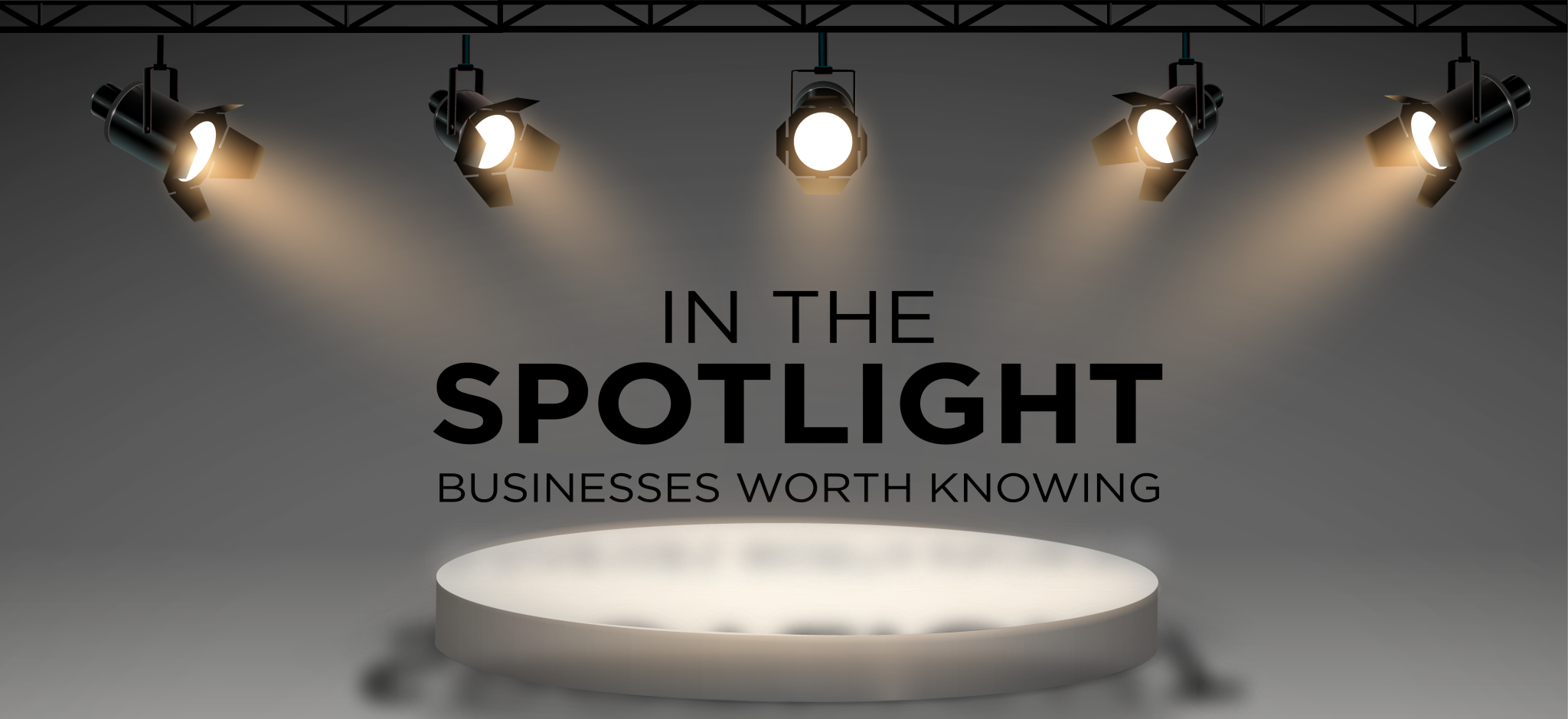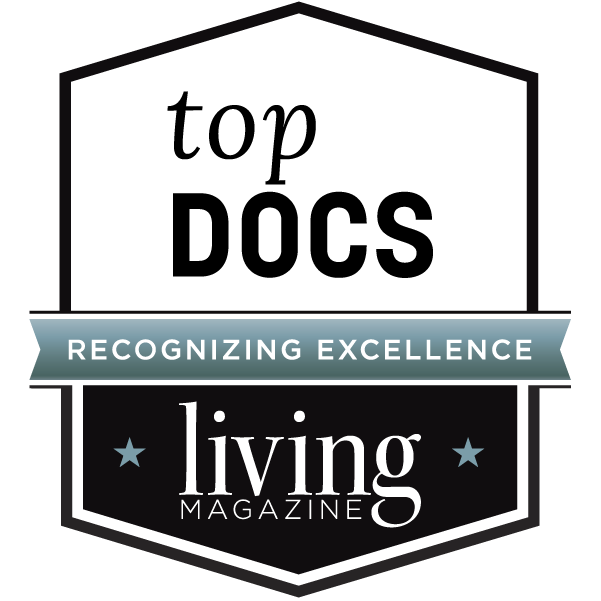
By Annette Brooks
“Can you hear me now?” This line from a classic wireless phone company ad is humorous, but when it comes to our hearing, it’s no laughing matter when others wonder if you can hear them. Hearing loss doesn’t just limit social interaction and verbal communication, it can lead to anger and frustration, isolation, and depression. It’s also a safety hazard when you can’t hear a car horn, a fire alarm, or other warning sounds.
Hearing Loss Causes
Several culprits contribute to hearing impairment, including:
Loud noise. Noise from loud music, industrial equipment, and even products like lawn mowers and snow blowers can damage the inner ear, resulting in permanent hearing loss. Loud noise also contributes to tinnitus (ringing in the ears).
Age. Over time, wear and tear on the hairs or nerve cells in the cochlea that send sound signals to the brain can cause damage. When these electrical signals aren’t transmitted efficiently, hearing loss may occur.
Heredity. Your genetic makeup may make you more susceptible to ear damage from sound or deterioration due to aging.
Smoking. Smokers have a higher risk of suffering from noise-induced hearing loss. Smoking irritates the middle ear lining, and the nicotine in cigarettes blocks the neurotransmitters that send auditory information to your brain.
Poor diet. Consuming excessive fats and sugars or failing to get adequate nutrients and vitamins may interfere with the flow of blood through the body, particularly to the ears.
Medication. Certain prescription medications diuretics can damage the cells inside your ears. Talk with your doctor about all potential side effects of the medications you’re taking, including hearing loss and tinnitus.
Diabetes. Hearing loss can be twice as common in people with diabetes compared to those who don’t have this disease.
Other problems that affect hearing include ear infections, ruptured ear drums, abnormal bone growths, and tumors.
Breaking Down the Hearing Aid Barriers
Only 20% of people who would benefit from hearing aids use them, but this can be improved by debunking misconceptions and providing helpful information.
Some of the best news is that bulky, old-fashioned hearing aids are a thing of the past. Today’s ultra-small, high-tech hearing aids are barely noticeable. Chances are most people you meet won’t even realize you’re wearing them.
Next generation hearing aid technology also works better than ever to help address hearing loss. Sophisticated features and functions include, but are not limited to, programmability for a personalized listening experience, advanced sound processing, frequency response, fully integrated sensors, the use of AI (artificial intelligence), digital noise reduction, and connectivity to smartphones and other devices via Bluetooth.
Lastly, cost concerns can be overcome for most people. Hearing aids aren’t generally covered by third-party insurances or programs like Medicare but ask your audiologist about affordable payment options and financing.
Fast Facts About Hearing Loss
- Conductive hearing impairment involves problems with the external or middle ear. Sensorineural hearing loss involves problems with the inner ear and hearing nerve.
- Approximately 48 million Americans have some degree of hearing loss.
- Cognitive decline, Alzheimer’s disease, clinical depression, diabetes, heart disease, and other disabling or chronic conditions have been linked to hearing loss.
- Men ages 20 to 69 are twice as likely as women to have hearing loss.
- Age is the strongest predictor of hearing impairment.
- Non-Hispanic white adults are more likely than adults in other racial/ethnic groups to have hearing loss.
According to the Mayo Clinic, signs and symptoms of hearing loss may include:
- Muffling of speech and other sounds
- Difficulty understanding words, especially against background noise or in a crowd
- Trouble hearing consonants
- Frequently asking others to speak more slowly, clearly, and loudly










